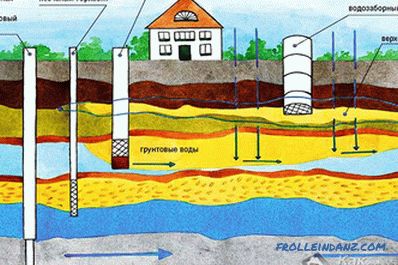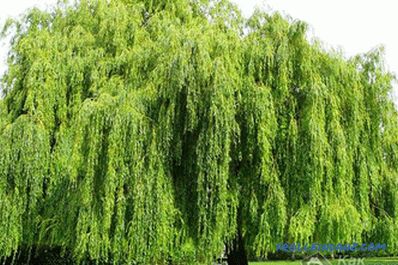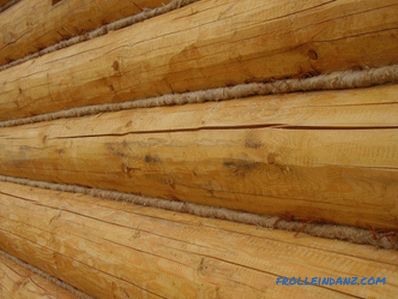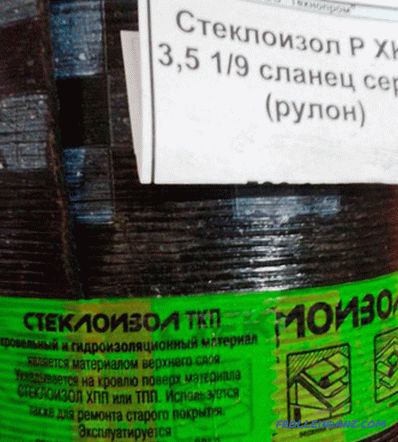Some people who always have water in their faucet at home think that it is everywhere, and it is enough to make a well in any section and use crystal clear water. In reality, the situation is quite different - some could not get to the water, in others it is not suitable even for washing, and the garden watered by it became like a scorched limestone desert.
Such a topic, how to find water for a well, is relevant both for people who are just going to drill a well, and for those who already have it, but have a desire to rectify the situation.
Consider various methods that can help solve this difficult task.
How are aquifers located in the earth
 Layout of aquifers
Layout of aquifers
For In order to understand what will be discussed further, it is necessary to understand how aquifers pass underground, which can be divided into 3 groups.
- Upper (or upper) water. This aquifer is located near the surface of the earth. Such an arrangement makes it relatively easy to catch, but most often it’s impossible to drink from this source, since this water is poorly cleaned, and saturated with various harmful substances, and is suitable only for technical needs and watering the garden. In the hot season, when watering is especially needed, the water in this aquifer can dry out and only appear after the autumn rains.
- Groundwater. This layer is below the first impermeable layer. In such a well, water can fluctuate within a narrow range, and its chemical composition is fairly stable. Often, the water in this aquifer is under pressure, and when a drill enters it, it can flow out with pressure.
- Artesian water. It is called so because its production comes from deep, artesian wells. To get to this aquifer will have to work hard, as these layers are at a depth of more than 40 m. These layers are in the horizontal plane, so the depth of your well is most likely to be the same as your neighbors. In most cases pure water comes from it, but in some cases additional cleaning may be required.
According to these data, it becomes clear that only the last 2 methods are acceptable for obtaining drinking water, but since people have different needs, we will consider how to find water for a well, trying to determine as accurately as possible, where it can be. Let us dwell on some of the methods that give the most correct result.
Method of observation
 Mouse nest on a tree
Mouse nest on a tree
In the old days, people did not have such precision instruments as they are today, nevertheless, they determined the location of the water with great accuracy, but not because of some outstanding abilities, but only due to observation.
It is well known that before any cataclysm animals behave differently, because, unlike man, they have the capacity for a better perception of natural changes. The same applies to flair on the water.
- Field mice avoid the proximity of water, and therefore make nests on branches of bushes and trees.
- The horse is in extreme heat, trying to get water from the ground, and will do it in the place where it is possible to reach it.
- The dogs, escaping from the heat, are digging in such places recesses in which they later lie down.
- Chickens do not rush where they feel the proximity of water.
- Geese specially choose places where there is an intersection of aquifers.
- Field mice avoid the proximity of water, and move to branches of bushes and trees to make nests in the ground.
- Moshkar knits together and forms "columns" in places where the moisture level is higher.
Natural phenomena and plants as indicators
 Willow grows where moisture
Willow grows where moisture
- Trees such as alder and willow grow only on moist soil. The crown of the tree copies the root system, and if it is tilted to the side, then it is more humid there.
- Apple and cherry trees are sick in moist soil, and their fruits often rot.
- In summer you can watch the fog - in the evening it will be the thickest, and curling in the place where the groundwater is closest to the surface.
- Where moisture-loving plants thrive, it means that their root system is in moist soil.
The combination of these factors will help to find the best place for the well
Scientific approach to finding water
 Silica gel
Silica gel
In addition to observations, you can also use various devices to search for water. Let's see how you can search for water with the help of objects.
- Silica gel, salt, or crushed brick. This method is only suitable for dry soil. One of the above materials should be poured into an unglazed clay pot, and weighed on accurate weights, and the data recorded.Bundled pot in a gauze bury into the ground for half a meter, and after a day, remove from the ground, and weigh again. Large weight indicates the proximity of water.
- Glass jars. In the morning, place your neck down in your section where it is possible to make a well according to sanitary norms. A day later, check which of them appeared condensate. Its presence and quantity indicates that the water is shallow.
There are also many unscientific methods with which you can experiment if you wish.
Video
This video tells about another scientific approach to finding water.




